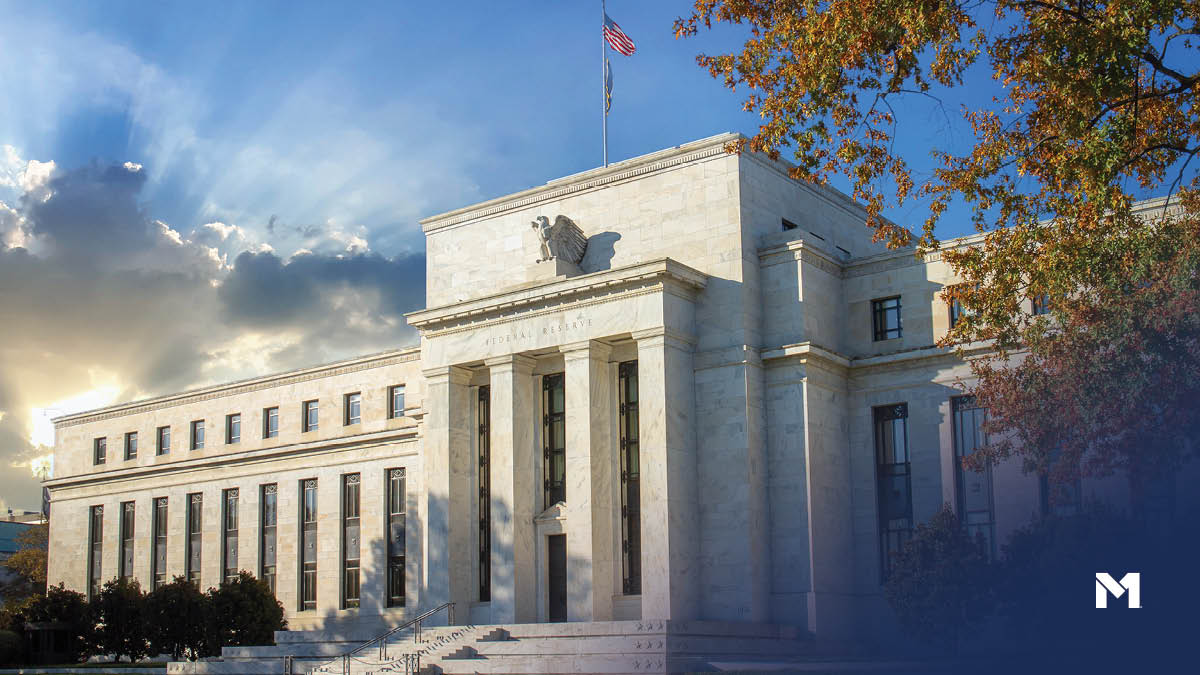3 considerations for your financial plan in a high-interest rate market

Your financial plan is a living document. It can be reviewed yearly or when there are major changes in the market or your life. These check-ins provide time to ensure that your goals and objectives are still on track and that your plan is still relevant to your current situation.
The Federal Reserve’s latest rate hike lifted its target rate by .75 of a percentage point for the fourth straight time. The Federal funds rate now sits at 3.75%-4%, the highest level since the Great Recession of 2008. While that comparison may raise an eyebrow, it’s important to note 2008 had many other factors in play too. Plus, there are strategies to navigate high rates.
The immediate results of high rates? Carrying a credit card balance or borrowing money for a car just got more expensive and buying a home just became more difficult. However, returns in high-yield savings accounts are improving.
A high-rate economy provides the opportunity to reconsider your financial plan and reorder your priorities. Here are three strategies to possibly include.
***
Investors are now feeling the effects of the Federal Reserve’s campaign against inflation. While long-term goals can remain, short-term strategies may need to be realigned. High-rate environments don’t last forever.
1. Debt
Consider paying off high-interest debt first. Higher interest rates drive higher annual percentage rates (APRs) making it even more costly to carry on debt. Last month, the average APR reached 18.73%, up from 17.35% in 2020. Meanwhile, the average credit card balance is $5,221. In a high-rate environment, it can be easy to fall behind. At these rates, a person making minimum monthly payments on the average credit balance could take an additional three months to pay off debt.
2. Real estate
Borrowing is far more expensive than the housing boom of 2021. In January 2021, the 30-year mortgage rate was 2.65% and the average new home price in the US was $418,600. Today, the 30-year mortgage rate is 6.90% and the average home price in the US is $517,700. Assuming a 20% down payment, that’s a 102.15% increase from a $1,349 monthly payment to a $2,727 monthly payment.
It may be worth considering putting the house hunt on hold and saving up for a bigger down payment. What’s more, many savings accounts are offering high yields.
3. Savings
One positive of a high-rate environment is savings accounts. Federal Reserve rate increases lead to higher returns on savings and banks are finally catching up. Early next year, M1 will offer a high-yield savings account where M1 Plus members earn 4.50% APY1 on their cash.
Updating your financial plan
In a changing economy, it’s important to regularly update your financial plan – while keeping your long-term goals intact. The weeks between Thanksgiving and the holidays provide a great time to review the wins and losses of 2022 and the updates to your financial plan for 2023.
- Categories
- Plan



